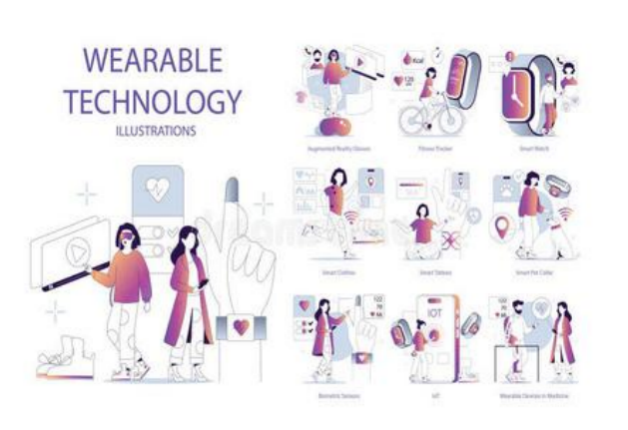In the glassware in the laboratory, a silver-gray liquid metal is playing a modern version of "Metamorphosis". When the researcher gently drops a few drops of gallium indium eutectic alloy into an acidic solution, the originally flowing metal instantly condenses into regular hexagonal crystals; When the solution is adjusted to alkaline, the crystal is transformed into flexible droplets again. This characteristic of being able to "deform" at will is making liquid metal move from the special effects scene of science fiction movies to real industrial applications.

Its most fascinating place lies in the physical nature of "rebellion". Mercury substitutes, which seem to be common at room temperature, can automatically converge into spheres when electrified, and even "crawl" autonomously along a specific path. The experimental team of the Institute of Physics and Chemistry of Chinese Academy of Sciences found that liquid metal can walk on the glass surface at a speed of 3 cm per second only by applying a voltage of less than 3 volts in the solution. This seemingly anti-gravity behavior stems from its special surface tension change mechanism-when the current changes the chemical environment of the solution, the thickness of the oxide layer on the metal surface also changes, thus generating a pressure difference to drive the metal to move.
In the field of electronic manufacturing, liquid metal is setting off a quiet revolution. The melting point of traditional solder is usually above 180℃, while gallium-based liquid metal alloy is liquid at 25℃. Using this feature, researchers have developed chip packaging technology without high temperature. When liquid metal is injected into the micro-nano scale pipeline, it will automatically fill the gap under the guidance of capillary action and electric field. After cooling, the alloy solder joint is not only 37% more conductive than traditional solder paste, but also can withstand more than 100,000 thermal shocks without cracking.

What is even more surprising is that this metal "liquid" can also become a "gentle knife" in biomedicine. When the researchers make it into microspheres with a diameter less than 0.1 mm and inject it into tumor blood vessels, the liquid metal will gradually solidify in the body, accurately blocking the blood supply of the tumor. Different from traditional embolic materials, gallium alloy can be crushed by ultrasonic waves with a specific frequency and gradually metabolized out of the body after completing the task. At present, this "recyclable" embolization technology has successfully improved the survival rate of liver cancer models by 42% in animal experiments.
The real awe of liquid metal lies in its "growth". With the continuous addition of graphene, nano-oxide and other components by materials scientists, a new generation of composite liquid metals can not only conduct electricity and heat, but also undergo reversible phase transition under the action of light, magnetic field or specific biological enzymes. In the laboratory of Massachusetts Institute of Technology, this smart material has been able to automatically adjust the thermal conductivity according to the ambient temperature. When the equipment temperature exceeds 60℃, the microstructure inside the metal will be rapidly reorganized and the heat will be quickly conducted out. When the temperature drops below 30℃, it will return to adiabatic state to save energy.

This flexible and functional material is blurring the boundary between nature and man-made things. Imagine that the future electronic equipment shell may no longer need complex heat dissipation modules, but be made of liquid metal that can adjust the temperature independently; Wearable medical sensors will be attached to the skin surface like water droplets, and will automatically change shape with human movements without affecting signal transmission. Every step of the evolution of liquid metal reminds us that the future of science and technology may not be a harder steel forest, but a softer "liquid" solution that is more suitable for life.




